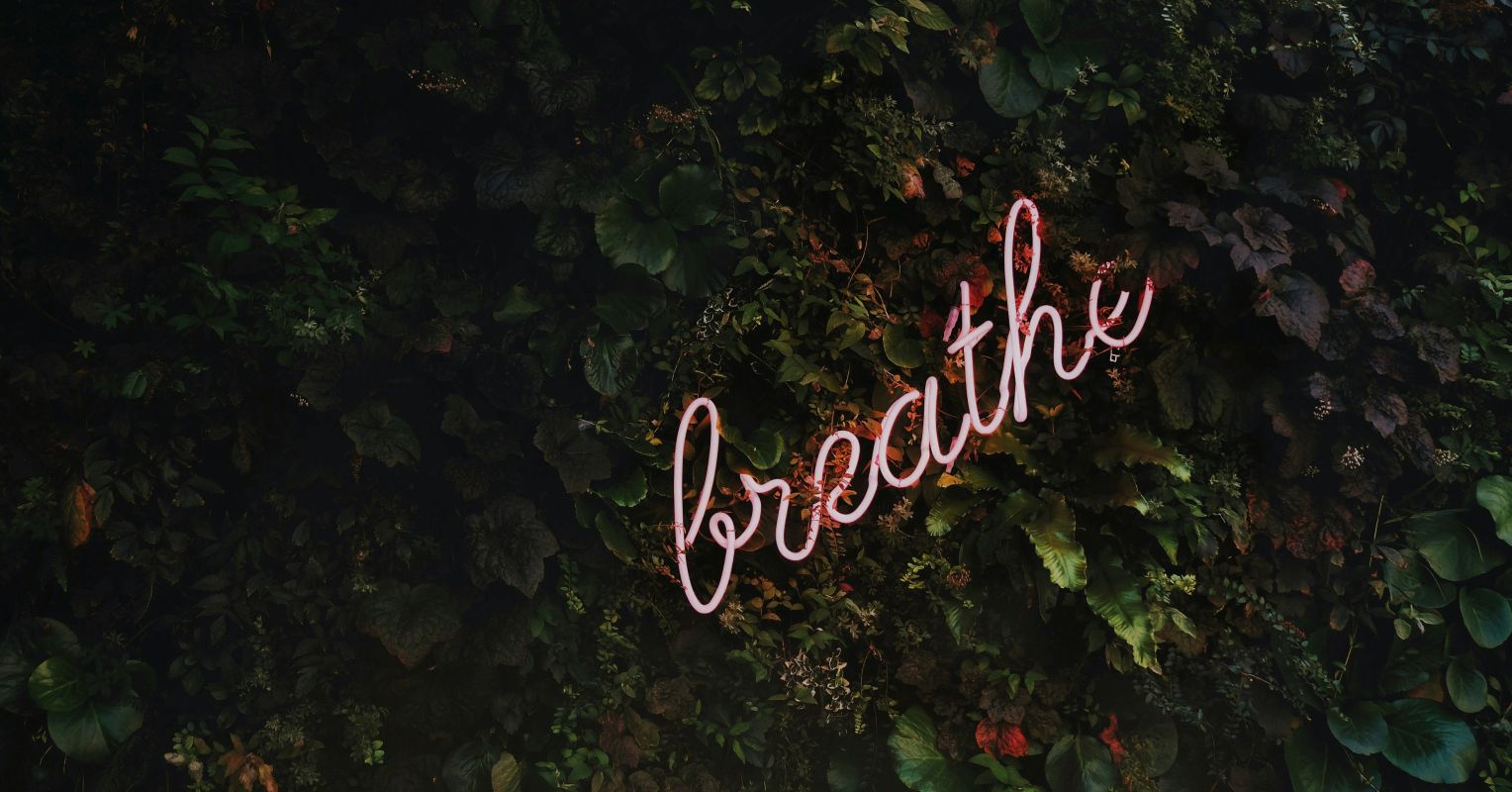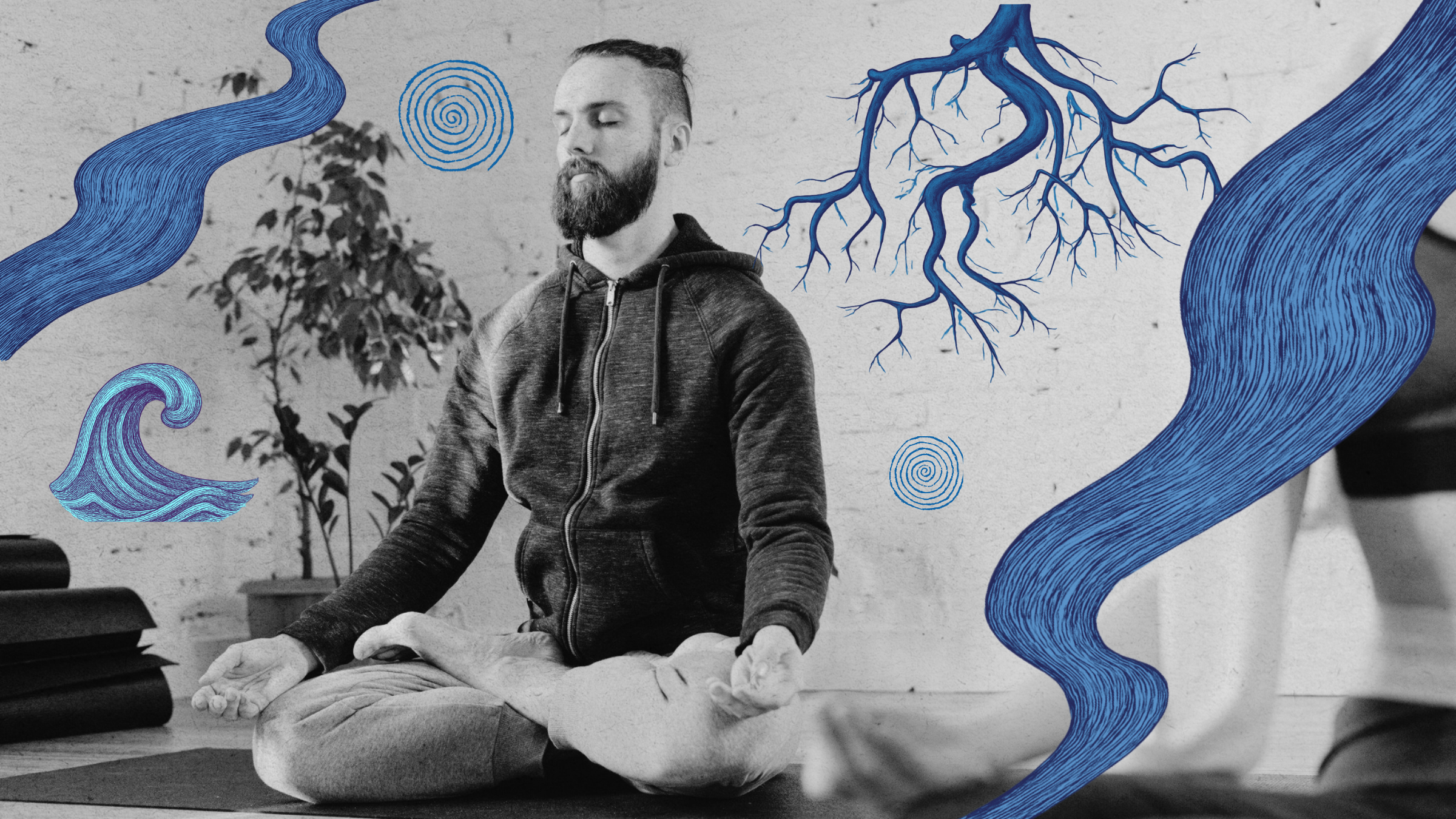fromYoga Journal
1 day ago9 Calming Stretches to Help You Wind Down So You Can Sleep
You're lying in bed, staring into the darkness, and suddenly an urgent work email pops into your head, unbidden. Or maybe it's that shampoo you forgot to add to your shopping list, or the need to fill up your gas tank in the morning. Your lower back is twinging and your shoulders are tensing in response to your thoughts of all the things you need to do, or already did, or didn't do. It's a pretty universal experience.
Mindfulness





